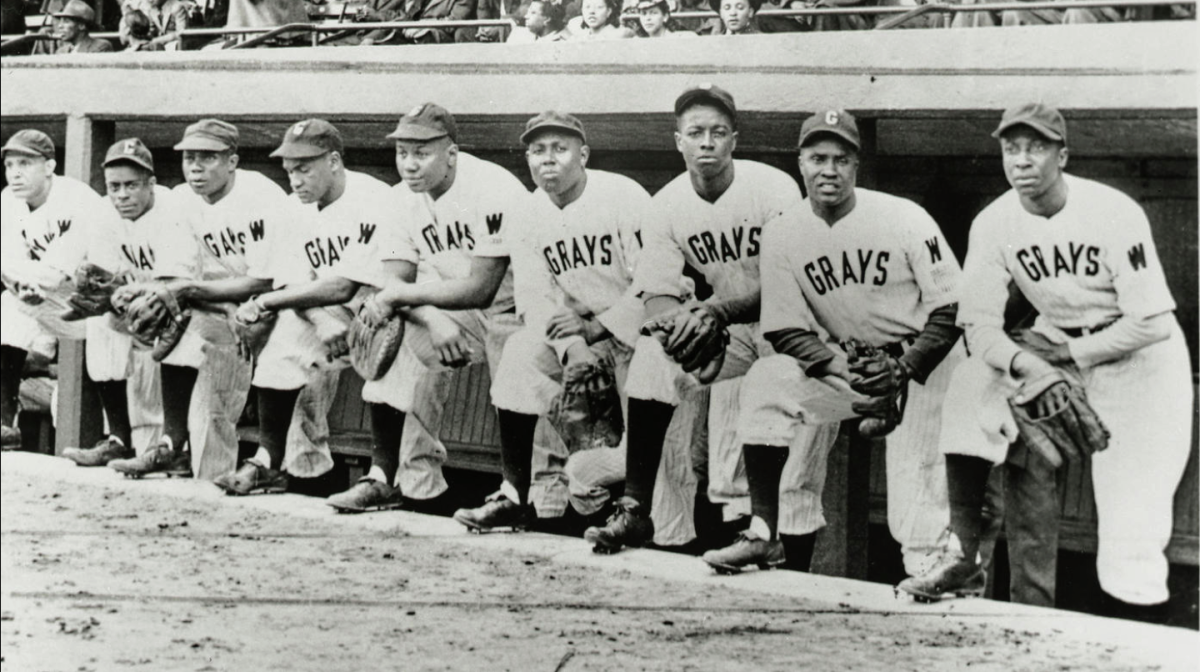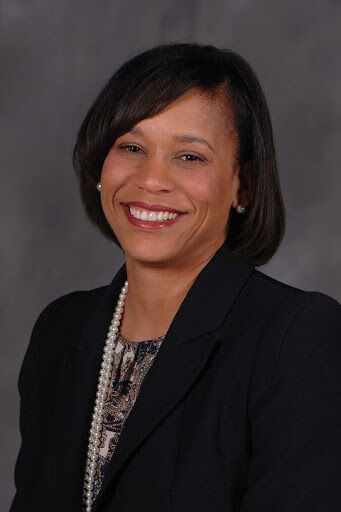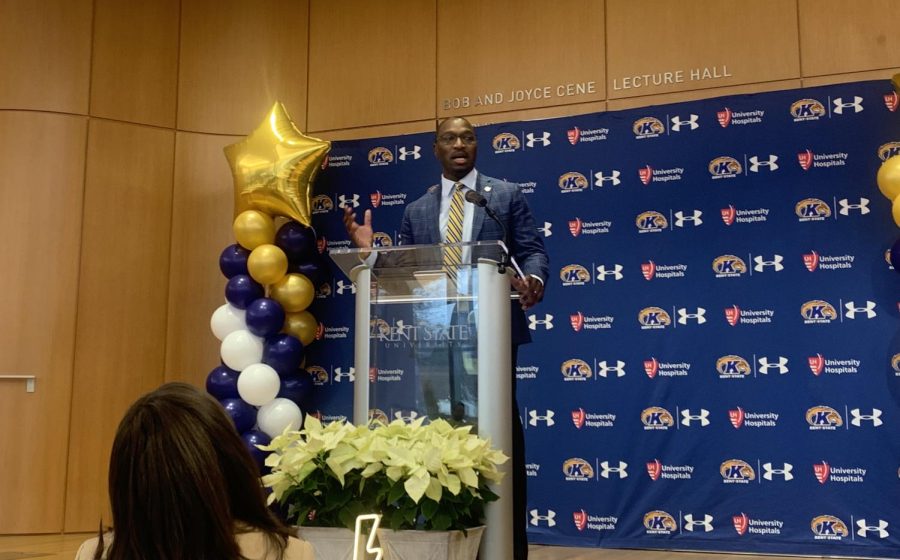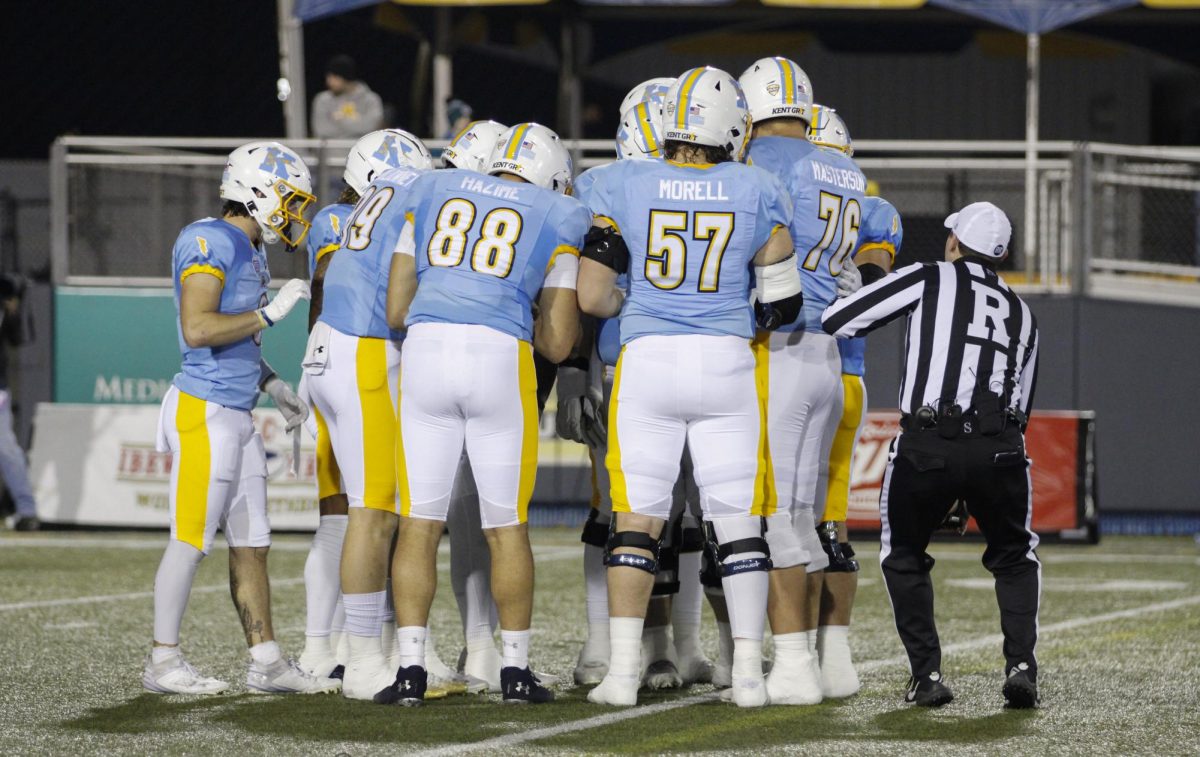Major League Baseball incorporated the statistics of 2,300 Negro League players into its records on May 30.
Leslie Heaphy, a history professor at the Stark campus, said the inclusion of the league’s statistics to the MLB has been an ongoing process following seven of the teams being granted major league status in 2020.
“It’s a process that has been going on for years, and years, and years as various individuals and groups have been working to gather Negro League statistics from newspapers,” she said.
Databases, like Seamheads, were also created to help verify the accuracy of the league’s box scores, a summary of the game’s results including players’ performances, Heaphy said.
Heaphy was a part of a 16-member committee tasked with determining the issues and questions resulting from the inclusion, she said.
“What criteria we were going to use, how is this going to look, what’s going to happen next … all of those kinds of things,” Heaphy said.
Sean Gibson, the great-grandson of Josh Gibson and the executive director of the Josh Gibson Foundation, said about 75% of the Negro League’s statistics have been included with the MLB working on recovering more statistics.
“There’s not a lot of stats out there, so they had to go through old record books, go through old newspaper clippings and search all these different databases,” he said.
Because the league did not have a statistician group like Elias Sports Bureau, the MLB official statistician group, the MLB has been looking at the box scores found in old newspapers, Heaphy said.
Not every Black community had a newspaper — and not all newspapers published daily — making it harder to track down the scores, she said.
“Most Black newspapers were only published once a week, so that wouldn’t necessarily mean that some games might get left out,” Heaphy said. “[A game] happened last Saturday and this next Saturday, there were three more games since then.”
Although it may take the MLB time to recognize more of the league’s statistics, Gibson said he and other relatives of former players are happy with the MLB’s progress.
He said the inclusion of the statistics helps relatives realize the prominence of their family’s legacy.
“Now the younger generation and the Gibson family can say, ‘Okay, this is something bigger than we thought it was, [bigger] than someone telling us about Josh, because now we see it all over TV,’” Gibson said.
From the inclusion, Gibson said he hopes people are motivated to learn more about the lesser known players as a part of the league.
“Everybody’s heard of or knows about the Josh Gibsons and the Satchel Paiges and the Cool Papa Bells,” he said. “Now you have an opportunity to learn about the Chino Smiths and the Dave Browns, some of these lesser-knowns.”
Heaphy said she would like to see the players and league receive recognition in stadiums with statues and Negro League Nights, a night when fans wear jerseys from the leagues.
Because the Cleveland Buckeyes, a Negro League team, won the Negro League World Series, making them the first Cleveland team to do such, she said she would like to see them be acknowledged for it.
“I love to see them fly the flag of ‘The World Series Cleveland Buckeyes,’” Heaphy said. “Wouldn’t that be amazing to put that up there and cause people to say, ‘Wow.’”
Heaphy said having these leagues recognized in stadiums will help fans become eager to learn more about the teams and their history.
“The stats are just simply [numbers],” she said. “They tell a part, but the bigger stories are what is behind those numbers,”
Adriana Gasiewski is a reporter. Contact her at [email protected].








